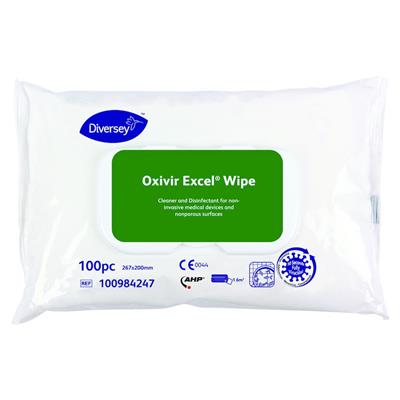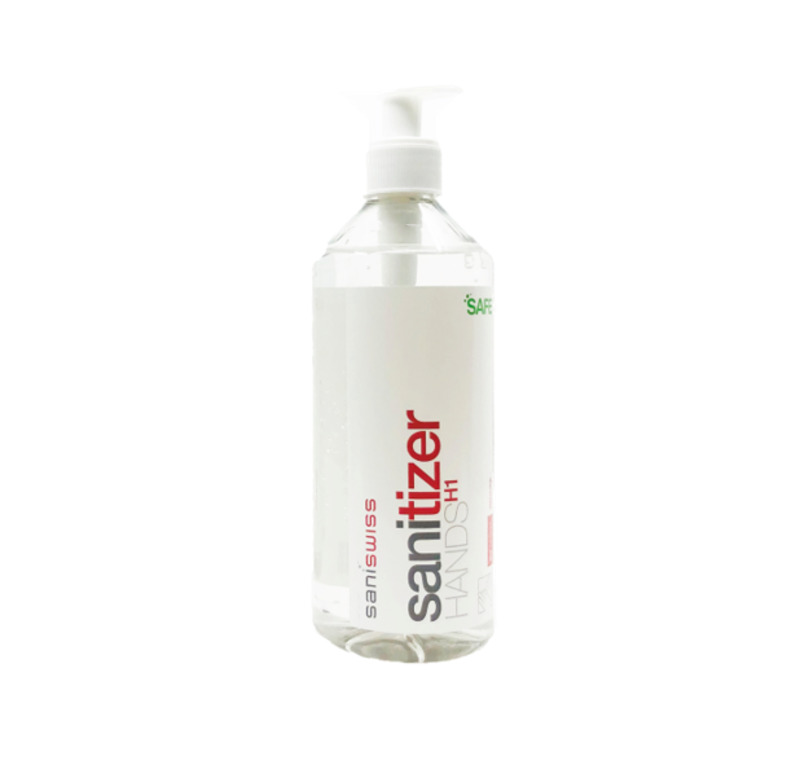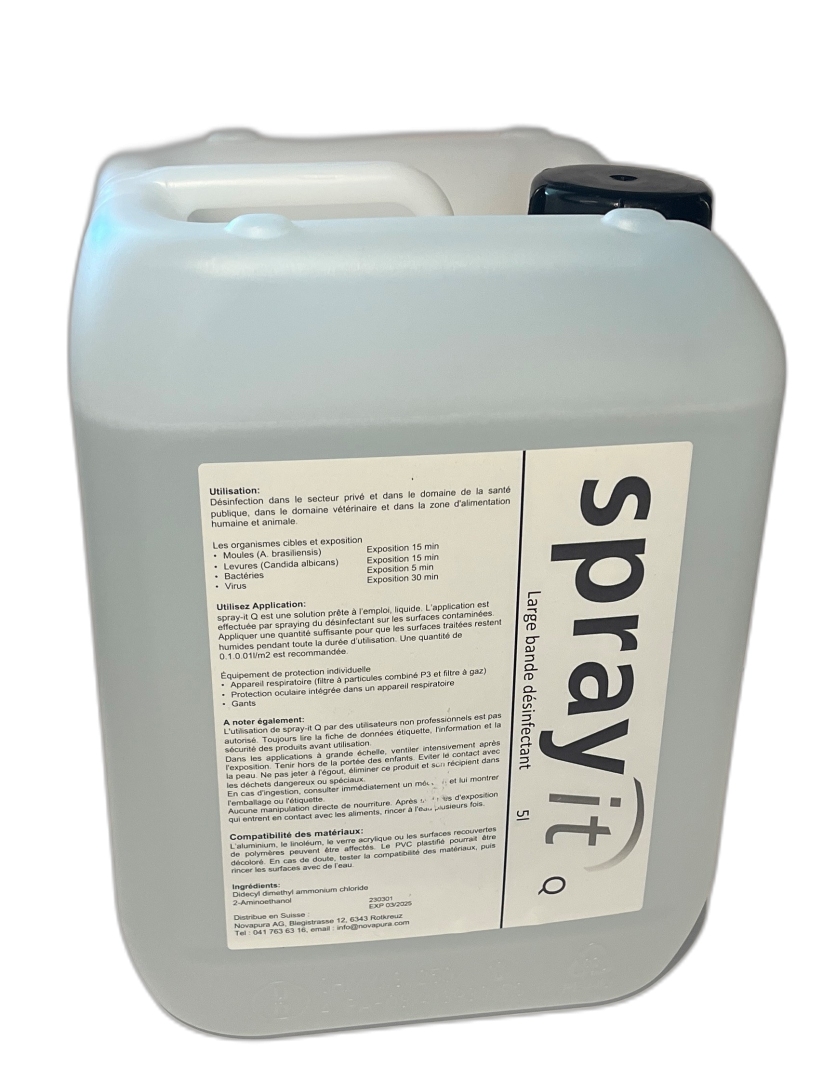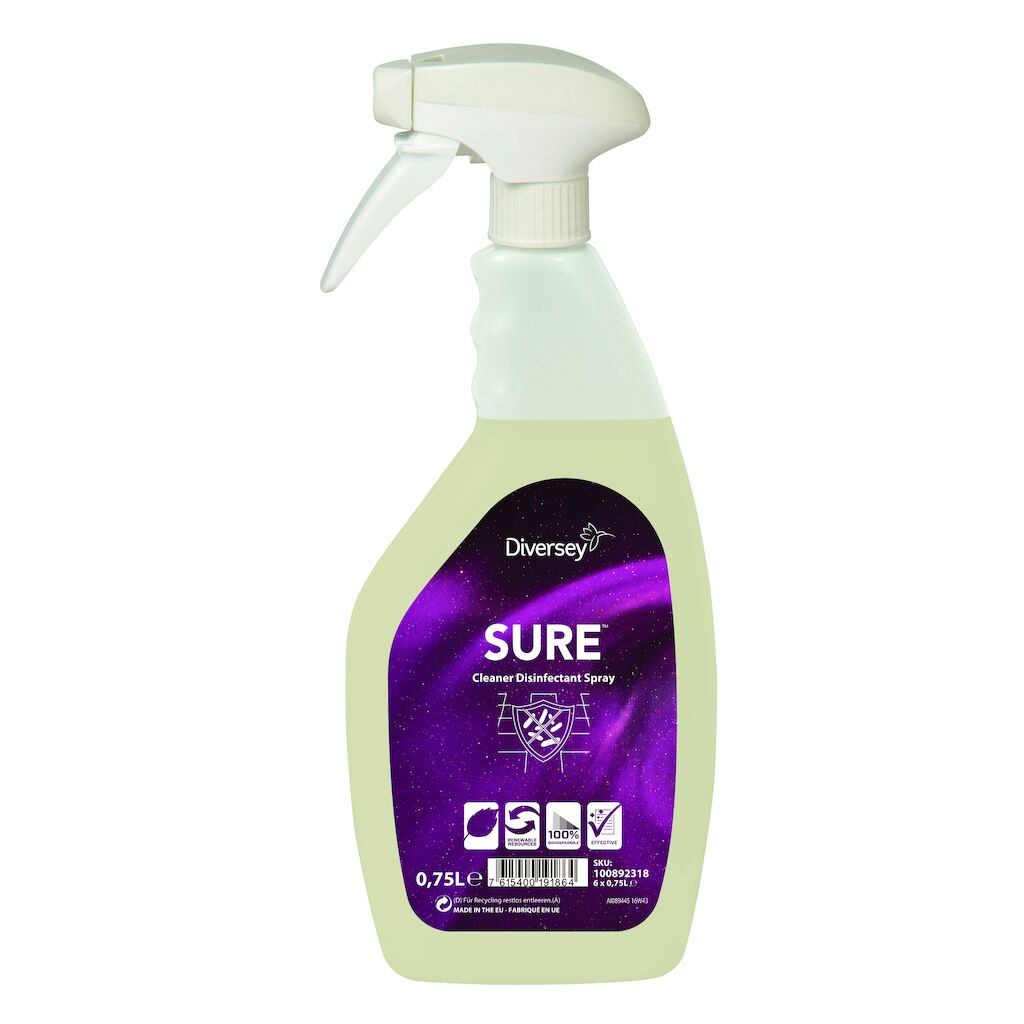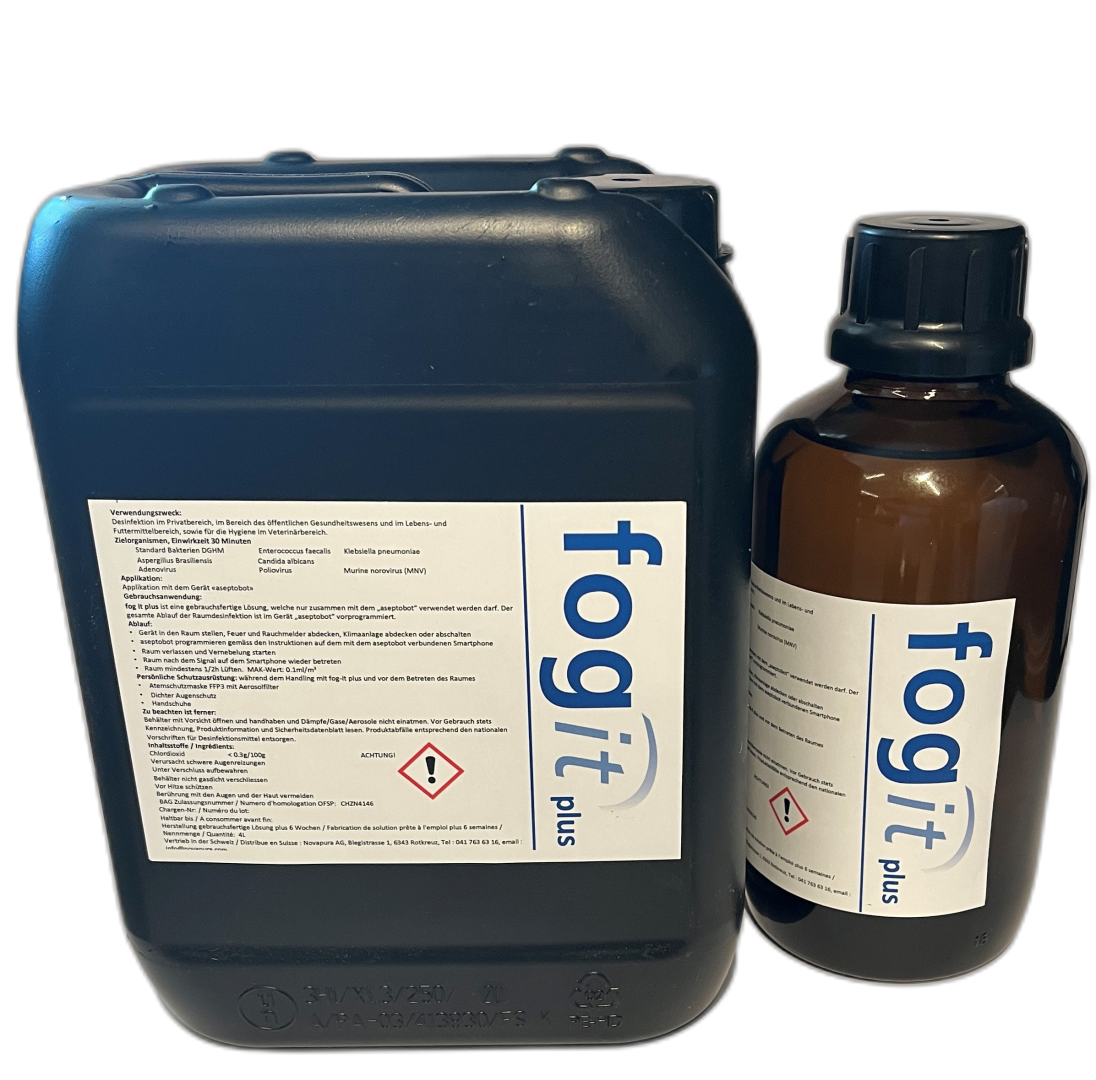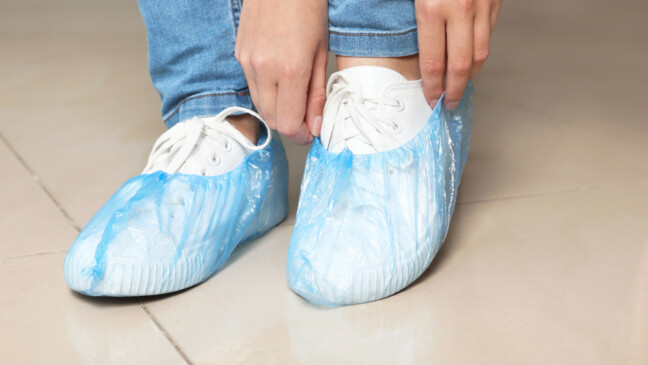
26.04.23
What are biocides?
Biocides are chemicals or also microorganisms used in the non-agricultural sector to combat pests such as bacteria, yeasts, fungi, viruses but also rats, insects as well as other organisms. They are also frequently used in everyday life without the users being aware of it. Products containing biocides include insect sprays or antibacterial cleaning agents and disinfectants.
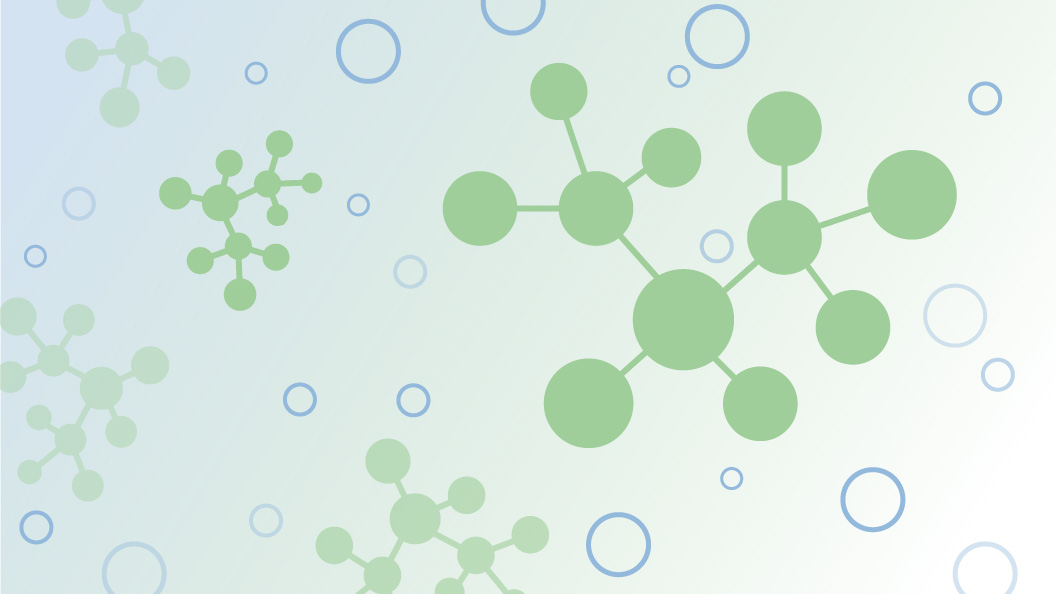
Summary
Biocides are chemical or biological substances and products that are used to destroy, deter, or render harmful organisms harmless. This includes, for example, disinfectants, chlorine in swimming pool water, as well as preservatives for wood and polymers, rat poison, and mosquito sprays.
In the European Union (EU) as well as in Switzerland, the market authorization of biocides is regulated by the European Biocidal Products Regulation.
According to the European perspective, biocides are considered distinct from pesticides and pharmaceuticals, although they sometimes target the same organisms as biocides. However, pesticides and pharmaceuticals have different historical, regulatory, and more germ-specific applications.
Loosely paraphrasing Paracelsus, the term “biocide” can be simplified as follows: ‘All things are poison, and nothing is without poison; only the dose, exposure time, and the biocidal intent determine whether something is a poison… or a biocide.’
With the growing world population, increasing urbanization, a general aging population, and significantly increased global mobility, infection risks in the public sphere are increasing markedly, leading to a greater need for improved hygiene measures.
Biocides or disinfectants are playing an increasingly important role in our lives, as evidenced by the global biocides market: The biocides market was estimated at $12.7 billion in 2019 and is projected to reach $20.7 billion by 2027, representing a CAGR of 6.8% from 2020 to 2027.
What is a biocid?
Biocides, often in the form of biocidal formulations or products, act as individual substances or mixtures on harmful organisms, which they destroy, deter, attract, and/or render harmless.
They are subject to the Biocidal Products Regulation, Regulation (EU) No. 528/2012, and are defined in accordance with Article 3(1) as: “Any substance or mixture, in the form in which it is supplied to the user, consisting of, containing, or generating one or more active substances, intended to destroy, deter, render harmless, prevent the effect of, or otherwise combat harmful organisms by means other than mere physical or mechanical action.”
Crucial for biocidal substances is that they are registered as active substances and formulations and are recognized for specific claims against particular types of harmful organisms and for protection in defined applications.
Differences between biocides and antibiotics
The primary distinction between antibiotics and biocides/disinfectants lies in their mechanisms of action, application sites, and the associated spectrum of efficacy.
Generally, an antibiotic exhibits a much more specific spectrum of activity against individual bacterial species or groups, whereas biocides, at sufficiently high concentrations, demonstrate a broad effect against entire groups of harmful organisms. In antibiotics, the mechanism of action often targets specific proteins or functions, while biocides typically target cellular compartments (such as membranes), general cellular components (like the general oxidation of chemical groups), or active functional sites (functional groups in enzymes/proteins or nucleic acids).
Furthermore, antibiotics mostly operate within or on the body and are used to eradicate or inhibit the growth and development of specific bacterial species. On the other hand, “bacterial” biocides or disinfectants act externally to the body or are applied or incorporated onto non-living substrates, significantly killing, destroying, or inhibiting a broader range of bacteria and other harmful microorganisms.
What biocide classes or types are there?
In discussions about biocides, a distinction should be made between the biocidal active substance (currently around 924 active substances across all product types as of February 10, 2023) and the biocidal product. Biocidal active substances are typically chemical compounds, but they can also include microorganisms (e.g., bacteria).
Biocidal products contain one or more biocidal active substances and may include other non-active ingredients that ensure the effectiveness as well as the desired pH, viscosity, color, odor, etc., of the end product. Biocidal products are available on the market for commercial and/or non-commercial consumers.
In the European context, biocides are generally categorized into four main groups (disinfectants, preservatives, pest control, and other biocidal products), as well as several subgroups based on their product type, application area, or specific spectrum of efficacy:
MAIN GROUP 1: Disinfectants and General Biocidal Products
Product Type 1: Biocidal products for human hygiene (e.g., hand hygiene)
Product Type 2: Disinfectants and other biocidal products for private and public health use
Product Type 3: Biocidal products for veterinary hygiene
Product Type 4: Disinfectants for food and feed areas
Product Type 5: Drinking water disinfectants
MAIN GROUP 2: Preservatives
Product Type 6: Pot preservatives
Product Type 7: Film preservatives
Product Type 8: Wood preservatives
Product Type 9: Preservatives for fibers, leather, rubber, and polymerized materials
Product Type 10: Building material preservatives
Product Type 11: Preservatives for liquid cooling and processing systems
Product Type 12: Slime preservatives
Product Type 13: Preservatives for metalworking fluids
MAIN GROUP 3: Pest Control
Product Type 14: Rodenticides
Product Type 15: Avicides
Product Type 16: Molluscicides
Product Type 17: Piscicides
Product Type 18: Insecticides, acaricides, and products for controlling other arthropods
Product Type 19: Repellents and attractants
Product Type 20: Control of other vertebrates
MAIN GROUP 4: Other Biocidal Products
Product Type 21: Antifouling products
Product Type 22: Embalming and taxidermist fluids
What can a biocide do?
Biocides (“life”-killing) are chemicals or microorganisms used in non-agricultural settings to combat pests such as bacteria, yeasts, fungi, viruses, as well as rodents, insects, and other organisms.
Practical examples include disinfectants, preservatives, material protection agents, and pest control agents. Additional examples include clothing and wristbands treated with insecticides or socks impregnated with antibacterial substances, designed to provide odor protection. However, there are countless other applications involving biocidal substances and their properties.
At times, the active ingredients in biocides are also utilized as active ingredients in pesticides due to overlapping efficacy.
Certain characteristics of biocides exhibit effects against individual or combined groups and forms of microorganisms, as well as higher organisms. Their effects can range from lethal to growth-inhibiting. They can also possess deterrent or attractive functionalities.
Effects against simple microorganisms:
- Bacteria, Gram-positive and Gram-negative (Bactericides)
- Mycobacteria (Myco- or Bactericides)
- Yeasts (Levuricides) and Fungi (Fungicides)
- Viruses, enveloped and non-enveloped (Virucides)
- Bacteriophages (Bacterial Virucides)
- Spores, Bacterial and Fungal Spores (Sporicides/Fungicides)
- Algae (Algicides)
However, biocides can also exhibit lethal or deterrent effects against higher eukaryotic organisms:
- Insects (Insecticides)
- Rodents (Rodenticides)
- Birds (Avicides)
- Mollusks, especially Snails (Molluscicides)
- Fish (Piscicides)
- Mites and Ticks (Acaricides, Repellents, and Attractants)
- Arthropods such as Centipedes, Crustaceans, Arachnids, Scorpions, and also Mites (against Arthropods)
- As well as other vertebrates
Handling with biocides – hazards and environmental risks
Biocides are designed to kill living organisms, and many biocidal products thereby pose a significant risk to human health and the well-being of non-target organisms. When dealing with biocides, great caution is essential, and appropriate protective clothing and equipment should be used. The use of biocides can also have significant adverse impacts on the broader natural environment.
Antifouling paints, especially those employing organic tin compounds like TBT and quaternary ammonium compounds, have been proven to have severe and long-lasting effects on specific aquatic organisms and entire marine ecosystems.
The disposal of used or unwanted biocides must be done carefully to avoid serious and potentially long-lasting harm to both humans and the environment. Biocide applications should, whenever possible, be conducted by trained and adequately protected specialists.
Literature
- Helpdesk – Was ist ein Biozid? – Bundesanstalt für Arbeitsschutz und Arbeitsmedizin (reach-clp-biozid-helpdesk.de)
- BAM Resistenzen vermeiden, Biozide und Antibiotika verstehen; https://www.bam.de/Content/DE/Standardartikel/Themen/Umwelt/artikel-resistenzen-biozide-antibiotika.html
- Biocides Market Size, Share | Industry Analysis & Forecast, 2027 (alliedmarketresearch.com) https://www.alliedmarketresearch.com/biocides-market
- Biozidprodukte-Richtlinie – ECHA (europa.eu); https://echa.europa.eu/de/guidance-documents/guidance-on-biocides-legislation/biocidal-products-directive
- Biozide in der Umwelt |Umweltbundesamt; https://www.umweltbundesamt.de/daten/chemikalien/biozide-in-der-umwelt


